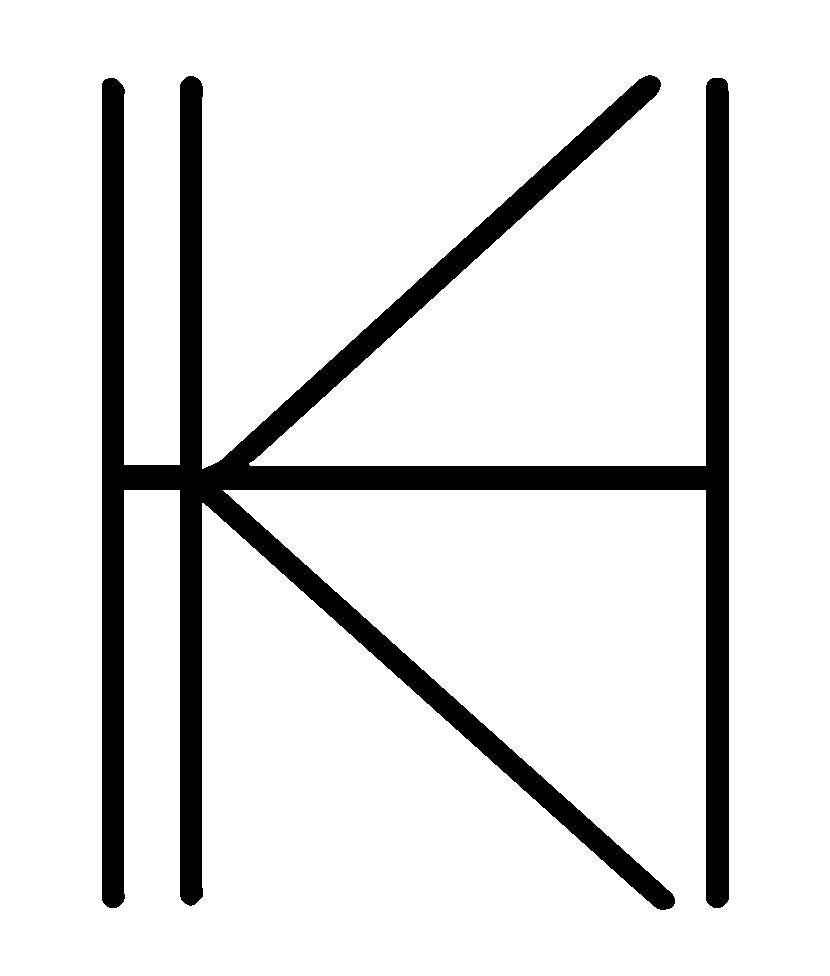The Challenge
Key Problems & Constraints
After my initial kickoff interview/meeting with Taylor & Ives, I got a great idea on where I thought I could help them. Their biggest problem was lack of resources and funding and after talking through it we decided those things would be solved in other ways. We decided it would be most beneficial to focus my user experience efforts on their main product, their site - thefhguide.com.
Lack of funding and resources often causes a whole lot of other challenges so it was here that I truly had to be strategic and clearly determine the right problems to solve and create my project scope.
Here’s some underlying troubles I knew I could work on to help them improve UX:
Data Analytics (proper usage and monitoring of user data to give insight to design and business decisions)
User Research Strategy (using qualitative insights to give insight and direction to design and business decisions)
Marketing & Branding Strategy
Future Product Strategy and Planning (these guys have amazing ideas and potential)
Phase 1 scope decided after synthesis:
Data Analysis
User Interviews
Usability Testing
Because I couldn’t help it and was excited to move forward, I also gave some UX recommendations and ideas for
Information Architecture
Rebranding
SEO
Account Creation
Data Analysis
The stakeholders were using Google Analytics (kind of) and StatCounter (something I had never heard of before) to gather data for their site. These guys were giving all they had to their site and company. They literally do the job of ten, so this is so incredibly understandable. It was exciting for me because I knew there were huge answers to our questions here.
When I dove into the data these were some of my research questions:
Who are the current users?
Who are they and where are they coming from?
Where is their highest activity on the site?
Here’s the most important and useful insight I learned from the data -
The highest activity on the site was at the home page while there was a bounce rate of 61.77% (Statcounter), 59% (Google).
Side note - The data was inaccurate for various reasons I informed the team about, but I still wanted to use this as our KPI moving forward to create strategy and a place to measure our success from.
Key Finding
This bounce rate was huge insight into the current site usage.
The good news about this - a lot of people were finding the site.
The bad news about this - they were VERY often leaving before even looking into it which tells us the users weren’t finding what they needed on the home page the most important entry point of the site.
More good news - I now understood what area I needed to focus my user research: the home page.
Quick User Interviews & User Testing
My objective - Learn what did and did not make sense on the homepage to potential users.
My research up to this point had proved to me the current user type we needed to focus on now was potential users that had never before seen the site. I took that into account when selecting my participants. FHG’s future goal is to have a sustainable, happy and regular global user audience of across all religions and cultures . As they are in the very beginning stages of things, now I focused on their current reach of users.
How did I decide on my users? (Determining user sample population)
Family history tends to be highly recognized and celebrated in the Church of Jesus Christ of Latter-day Saints and that is where a lot of their current users come from. The owners are members, they live and started the company in Sandy, UT. It’s interesting, but there are some unique stigmas and even numerical data in the church around family history that I took into consideration to select my users. The stigma seems to be that you’re either very young or quite a bit older to be interested and active in doing genealogy work. From the numbers I’ve learned as well that it is much less likely that people between the ages of 16-50 are as active in the work. Essentially I used this to determine my testers. I found a user age 12, and a user age 64, both members
My main research questions:
What's making the site less usable?
What's causing such a high bounce rate?
My users participants to test and interview:
A user representing Proto-persona Connor (age 12-14)
A user representing Proto-persona Susan (age 55-70)
Ad-hoc discussion with another user similar to Susan
This was a rough quick round up, but truly anything we can do to get to know the users is better, even if it’s less structured or lacking resources to get a true sample population. In the future we would be more intensive to validate things.
By performing these tests and interviews I was aiming to learn more about what the user experience was like for first time users, fresh eyes that had never seen it before. This can be incredibly insightful. Sometimes when we are creating something we get a little too close and familiar with our product to experience it the way our actual end users will.

